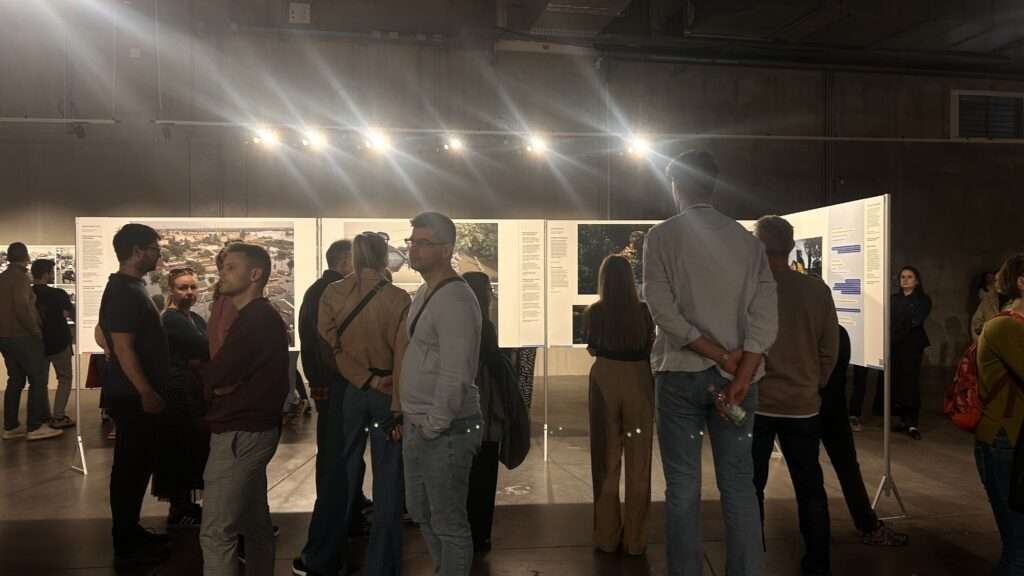Cover photo: xpatloop.com
(S)p(l)ace of truth
Photojournalism is a strictly monitored genre of journalism; therefore, all the submissions for the contest were put under scrutiny to ensure the integrity of the news. In practice, this means that each visual journalist was made sure to have actually been at the scene of the photography. In this sense, it is truth and truth only that can be witnessed in the exhibition room, which, in the case of the 2024 Budapest edition, was a rather remarkable one.
Due to featuring controversial themes, the exhibition was impelled to leave its former display gallery, and thus this year’s showcase is hosted by the Budapest Zoo’s Biodome. The indoor structure was originally built to house exotic animals; however, while this end is yet to be met, it provides an enormously spacious area for the photographs. In our experience, the industrial quality of the place provides a neutral tone and atmosphere for the exhibition, and this foregrounds the unembellished aspect of the truths to be conveyed by the 31 photographers.

The guided tour
The guided tour was held by Tamás Révész, Hungarian-born photographer, photojournalist, and university teacher. Révész talked about the importance of the news and their impact on the world – since one event may be important to a country, but not as interesting to the world. Talking about changes, he pointed out two main ones about the World Press Photo Exhibitions, which had been organised in the previous years:
„On one hand, the biggest change is that the global jury is preceded by a regional pre-selection – for a broader perspective, there’s a regional jury for each continent, who sends the chosen materials to the main, global jury, editor –, and that the focus is no longer on the individual image, no longer on retelling the most important moments of the previous year, but on the important news, the trends and events that affect us all, that the photographers want to bring to the world’s attention. (…) This is the climate crisis, the rise of water levels, the environment and the environmental devastation caused by war, migration (…)”
Révész then went on to tell us about how these photographs help us to see the current events around the world in a new perspective, and also show how many things can change in a lifetime. For example, the main photograph of the exhibition, taken by Eddie Jim tells the story of Lotomau Fiafia and his grandson John, residents of Kioa Island in Fiji, as they are standing deep in the water, which was not there when Lotomau Fiafia was the same age as John, showing us the horror of climate change and the rise of water levels.

The guided tour was a great start for us before seeing the exhibition, since it provided us a context in which we could absorb the stories and the photographs.
The accompanying exhibition: On the Spot
The Budapest edition of the exhibition is accompanied by a mini display of the photos by Eszter Cseke and András S. Takács, the creators of the Hungarian docuseries, On the Spot, which celebrates its 15th anniversary this year. The couple has been all around the world to capture unique and underreported human experiences, providing insights into how the lives of ordinary people differ from one place to another. Scenes from one of their episodes focusing on pregnancy and birth rituals are also screened in a separate room adjoining the main exhibition hall.
If we have aroused your interest, you have the chance to visit the exhibition until 27th of October. To see the opening hours and purchase your tickets, click here.





